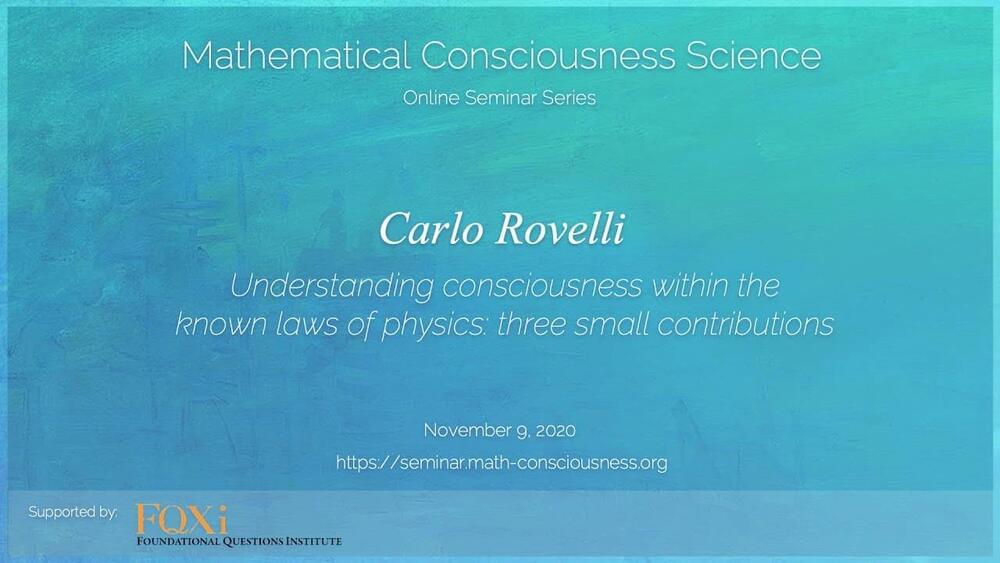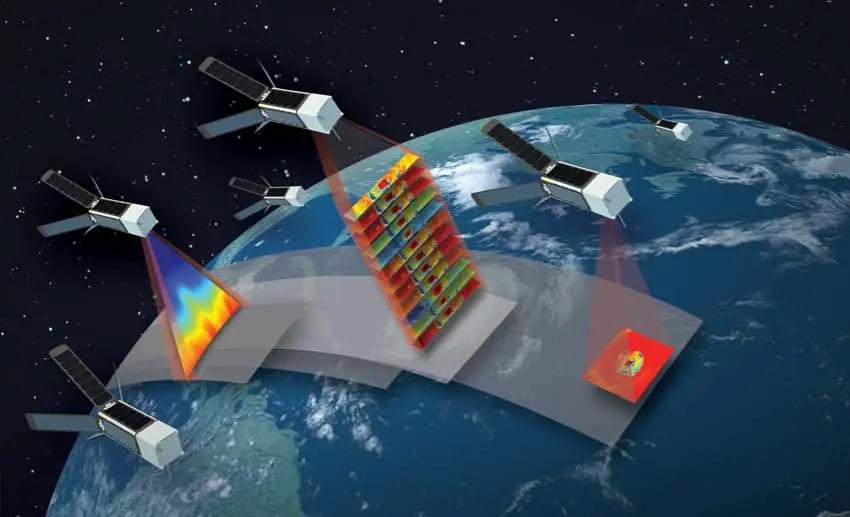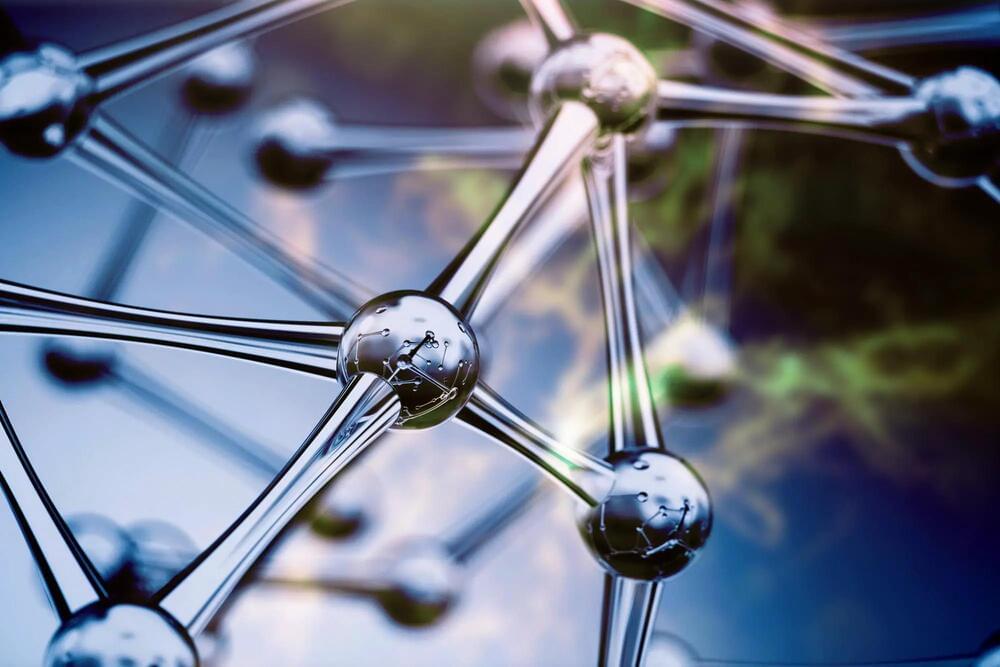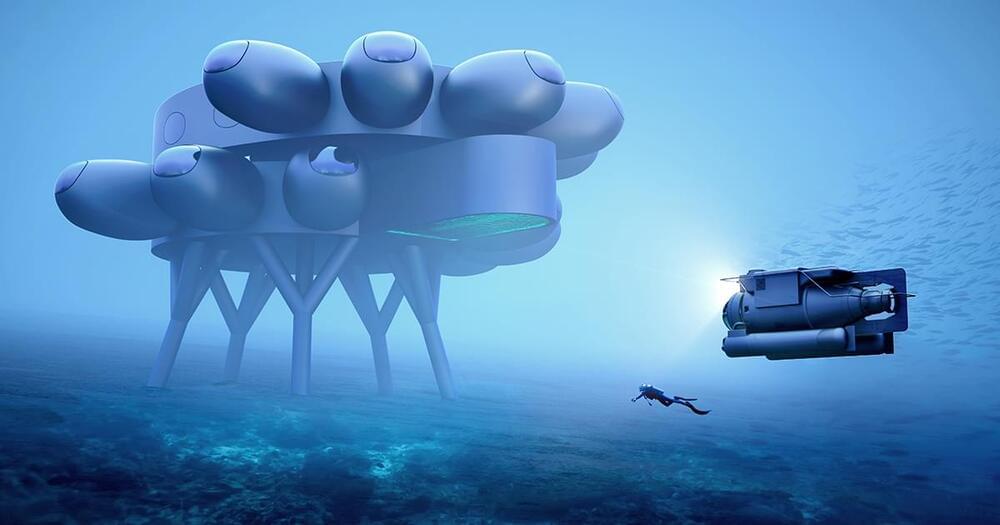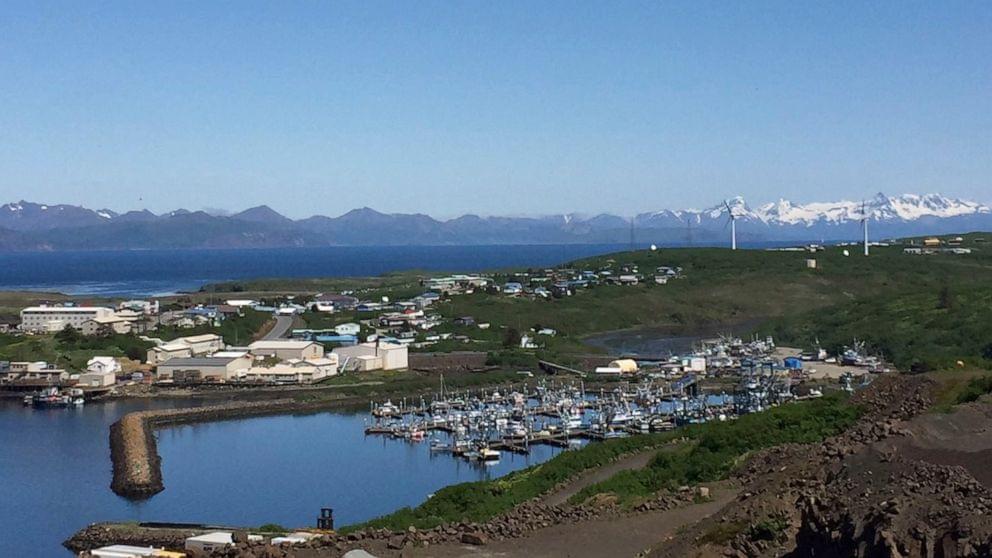Jul 28, 2023
Genetically engineered trees stoke climate hope — and environmental fears
Posted by Dan Breeden in categories: bioengineering, climatology, genetics, sustainability
“O poplar tree, O poplar tree, how carbon-dense are thy branches …”
Trees are a major tool in our fight against climate change by sucking up carbon dioxide, but one company is taking them a step further: genetically engineering trees to sequester even more carbon. U.S. climate technology startup Living Carbon is developing genetically engineered seedlings of a hybrid poplar that it says can accumulate up to 53% more biomass than control plants and thereby absorb 27% more carbon.
Plants use sunlight to turn water and carbon dioxide into oxygen and sugar, a process known as photosynthesis. Living Carbon says its trees, a hybrid of the common aspen (Populus tremula) and white poplar (P. alba), can do it better with genetic changes to boost its photosynthetic performance.


